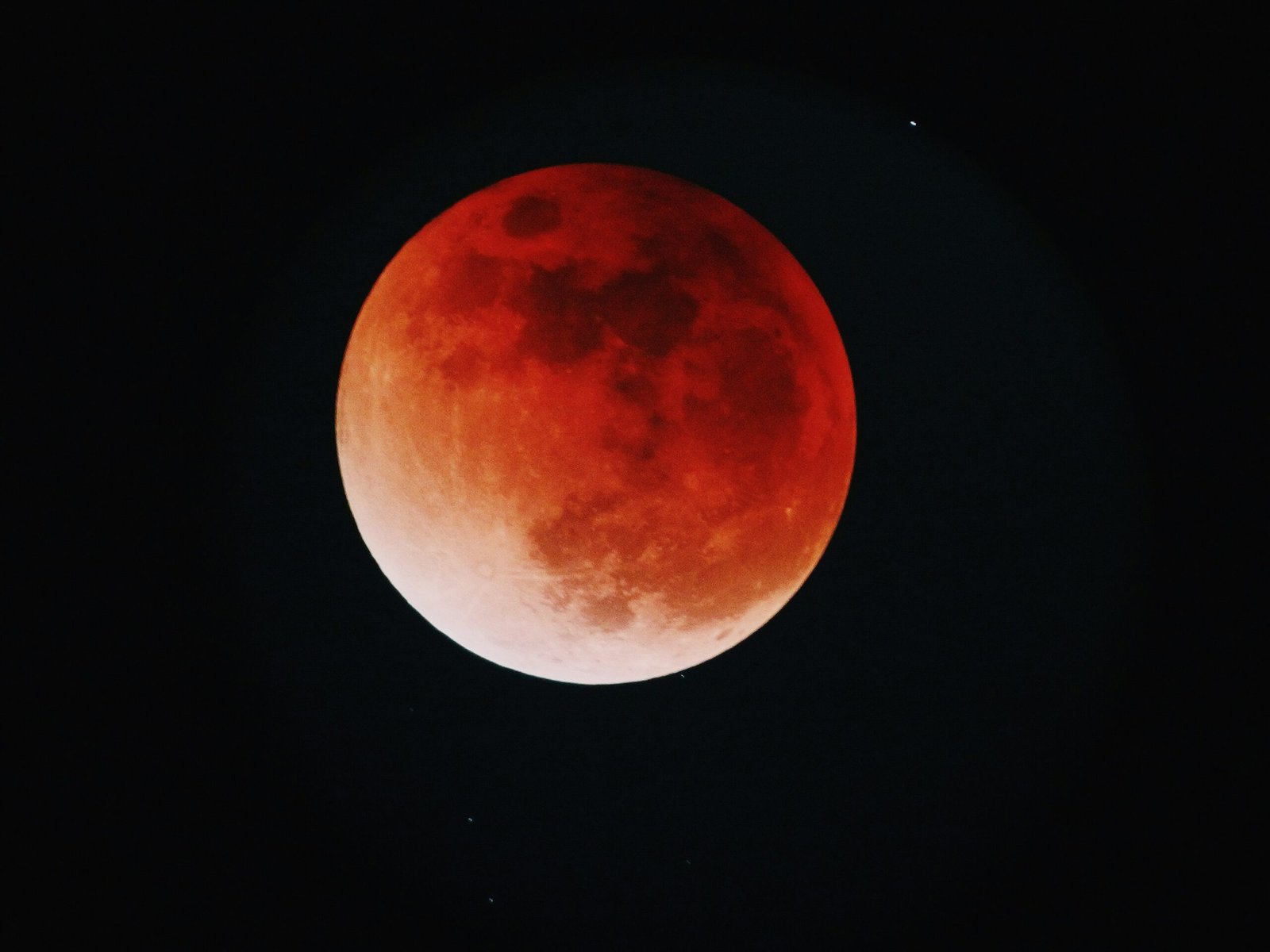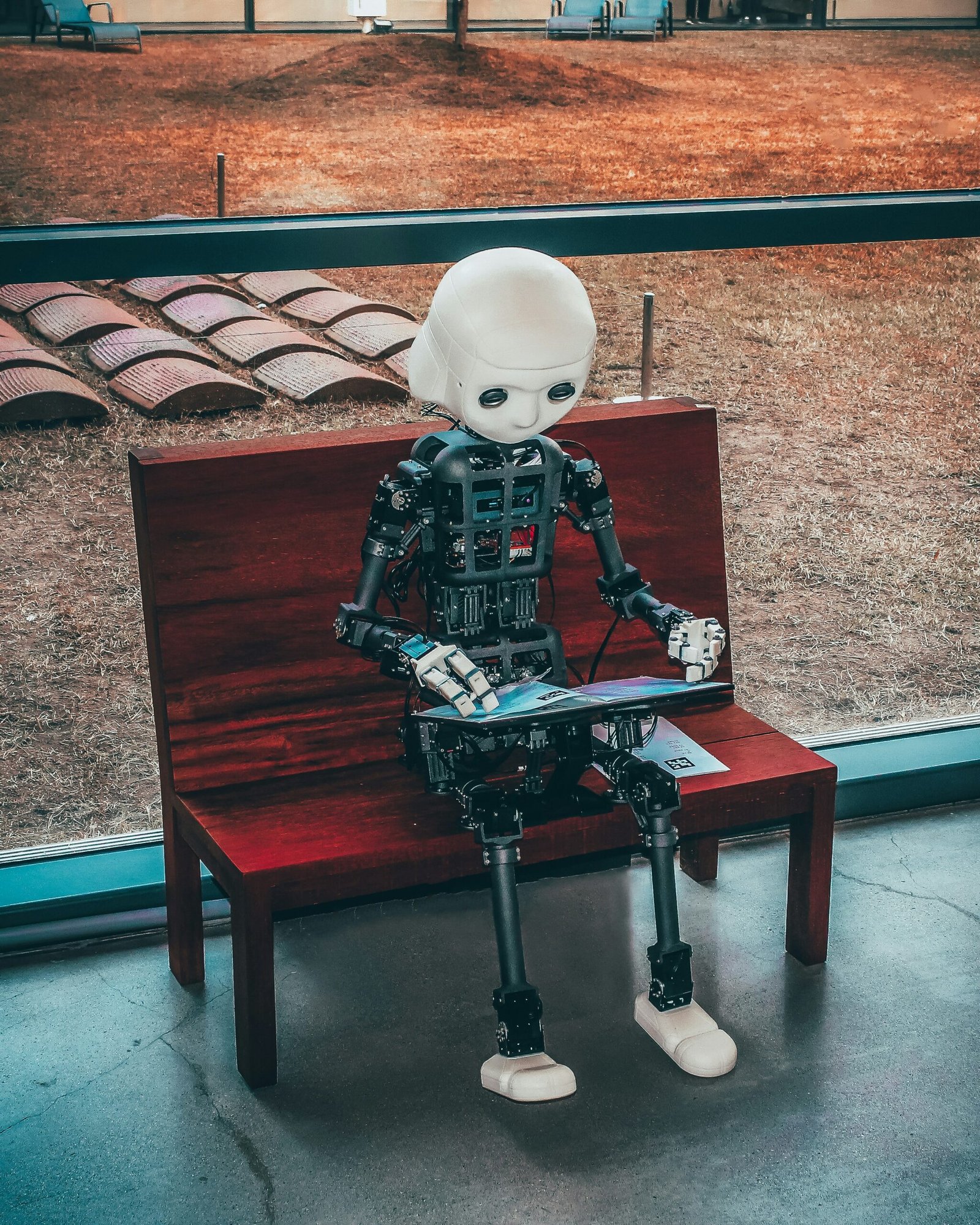
NASA Crew-10 Mission Returns Safely as Starliner Faces Unexpected Challenges
“`html
NASA Crew-10 Mission Returns Safely as Starliner Faces Unexpected Challenges
Space exploration has always been filled with excitement, challenges, and unexpected turns. Recently, NASA’s Crew-10 mission made headlines with a safe return to Earth, while Boeing’s much-anticipated Starliner spacecraft faced technical difficulties. What does this mean for the future of space travel? Let’s break it down.
A Safe Touchdown for Crew-10
After months aboard the International Space Station (ISS), the Crew-10 astronauts finally made their way home. Their journey back was facilitated by a trusted partner, SpaceX, which has been a reliable name in recent missions.
The return was smooth, with the astronauts landing safely in the Atlantic Ocean before being retrieved. This success further cements SpaceX’s reliability in transporting astronauts to and from the ISS.
Starliner’s Unexpected Setbacks
Meanwhile, Boeing’s Starliner, a spacecraft designed to compete with SpaceX’s Crew Dragon, hit some turbulence—figuratively speaking. The Starliner’s mission, which was intended to transport astronauts as part of NASA’s Commercial Crew Program, faced unexpected issues.
These challenges ranged from technical malfunctions to delays, raising concerns about its future in space travel. With each hiccup, more questions arise regarding Boeing’s ability to catch up to its main competitor, SpaceX.
What Went Wrong?
Boeing’s Starliner was expected to be an alternative vehicle for astronaut transportation. However, several issues emerged, including:
- Propulsion System Failures: Reports suggested that Starliner’s thrusters were not functioning as expected.
- Software Glitches: Unresolved bugs in its navigation and control systems caused anomalies.
- Unexpected Delays: The Starliner has continuously faced postponements, making officials question its reliability.
While NASA remains supportive, these setbacks indicate the work that still needs to be done before Starliner can become a fully operational spacecraft.
What This Means for Spaceflight
With Crew-10 returning successfully and Starliner facing hurdles, many wonder what’s next. SpaceX continues to dominate the scene, showing its readiness for complex space missions. Boeing, on the other hand, is working to resolve issues that could eventually make Starliner a reliable alternative.
Will Commercial Spaceflight Be Affected?
Space travel is more accessible today than ever before, thanks to private companies working alongside NASA. However, delays like those experienced with Starliner remind us that space travel is still incredibly complex.
Despite setbacks, Boeing remains confident that Starliner will overcome these obstacles. If successful, it will provide NASA with a second option for launching astronauts, reducing reliance on a single provider.
The Bigger Picture
Space exploration is about innovation, and challenges like these help refine the technology that will eventually take humans deeper into space. Whether it’s the Moon, Mars, or beyond, we’re living in an era where space travel is transforming rapidly.
For now, NASA astronauts are back home safe, and Starliner continues to undergo improvements. The race for dominance in U.S. spaceflight is still on—who will lead the future of commercial space exploration?
What do you think? Should NASA diversify its partnerships, or should it stick with SpaceX for now? Let us know your thoughts below!
“`
Share this content:



Post Comment